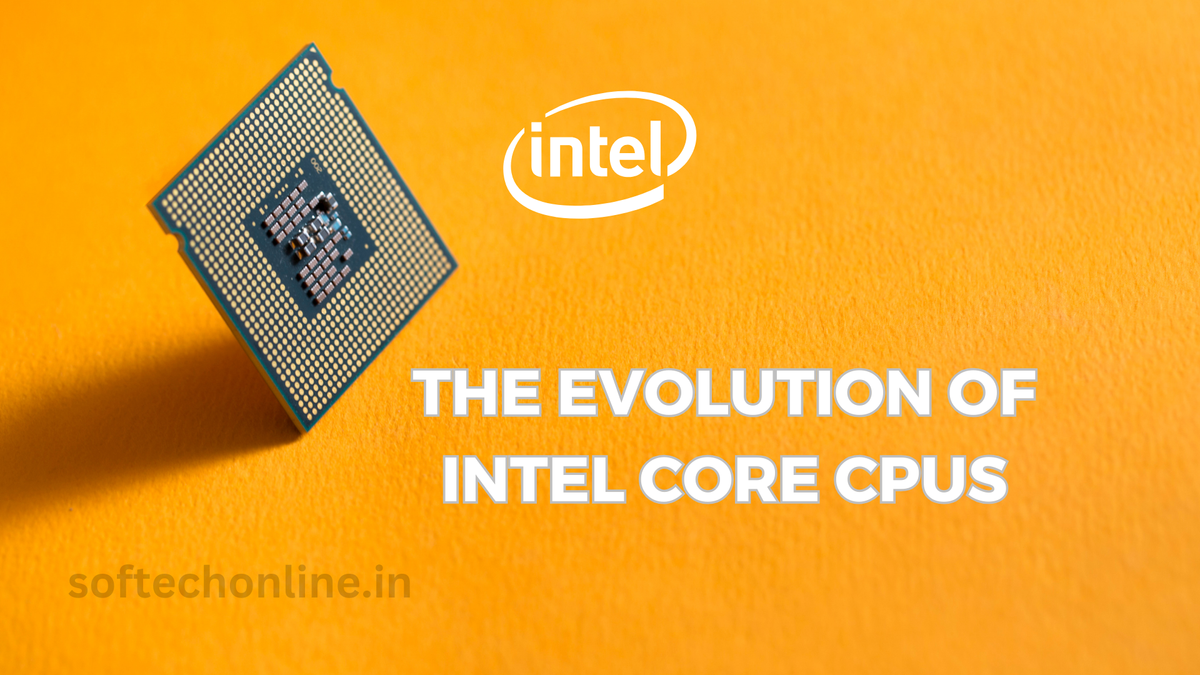Since the introduction of the Core CPUs, Intel has undergone a remarkable evolution in its central processing units (CPUs). These advancements have not only improved the performance and efficiency of Intel processors but have also revolutionized the computing landscape. In this article, we will delve into the key milestones and innovations that have shaped the evolution of Intel CPUs.
The Core CPUs: A Game-Changing Breakthrough
Intel’s Core CPUs, first introduced in 2006, marked a significant turning point in CPU technology. With the introduction of the Core microarchitecture, Intel achieved a major leap forward in terms of performance and power efficiency. The Core CPUs featured multiple cores, allowing for simultaneous execution of multiple tasks, and introduced Hyper-Threading technology, which further enhanced multitasking capabilities.
Over the years, Intel continued to refine and enhance the Core architecture, releasing subsequent generations such as Core 2, Core i3, Core i5, and Core i7. Each new iteration brought improvements in clock speed, cache size, and overall performance, catering to the evolving needs of both consumers and professionals.
From Sandy Bridge to Skylake: Unleashing Performance
In 2011, Intel introduced the Sandy Bridge microarchitecture, which brought significant performance improvements and introduced the concept of integrated graphics on the CPU. This integration eliminated the need for a separate graphics card for everyday tasks, making PCs more accessible and affordable.
Following Sandy Bridge, Intel released a series of subsequent microarchitectures, including Ivy Bridge, Haswell, Broadwell, and Skylake. These generations introduced advancements such as improved power efficiency, higher clock speeds, increased core counts, and enhanced graphics performance.
The Rise of Kaby Lake and Beyond
In 2016, Intel unveiled the Kaby Lake microarchitecture, which further improved performance and power efficiency. Kaby Lake processors introduced higher clock speeds, improved integrated graphics, and support for emerging technologies like Thunderbolt 3 and USB-C.
Since Kaby Lake, Intel has continued to innovate with subsequent generations, including Coffee Lake, Ice Lake, and Tiger Lake. These newer CPUs have focused on delivering even higher clock speeds, increased core counts, improved AI capabilities, and enhanced graphics performance.
Looking Ahead: Intel’s Future CPUs
As technology continues to advance, Intel is constantly working on developing the next generation of CPUs. One of the most anticipated advancements is the transition to a smaller manufacturing process, with Intel planning to move from the current 10nm process to 7nm and eventually 5nm. This transition will enable even greater performance gains and improved power efficiency.
Additionally, Intel is investing in research and development to explore new architectures, such as the upcoming Alder Lake CPUs, which will feature a hybrid design combining high-performance cores with energy-efficient cores. This hybrid approach aims to deliver the best of both worlds, providing exceptional performance for demanding tasks while optimizing power consumption for everyday use.
In Conclusion
The evolution of Intel CPUs since the introduction of the Core CPUs has been nothing short of remarkable. From the game-changing breakthrough of the Core microarchitecture to the continuous advancements in performance and power efficiency, Intel has consistently pushed the boundaries of CPU technology.
With each new generation, Intel CPUs have become faster, more efficient, and capable of handling increasingly demanding workloads. As we look to the future, Intel’s commitment to innovation ensures that we can expect even more exciting advancements in CPU technology, further enhancing the computing experience for users worldwide.
